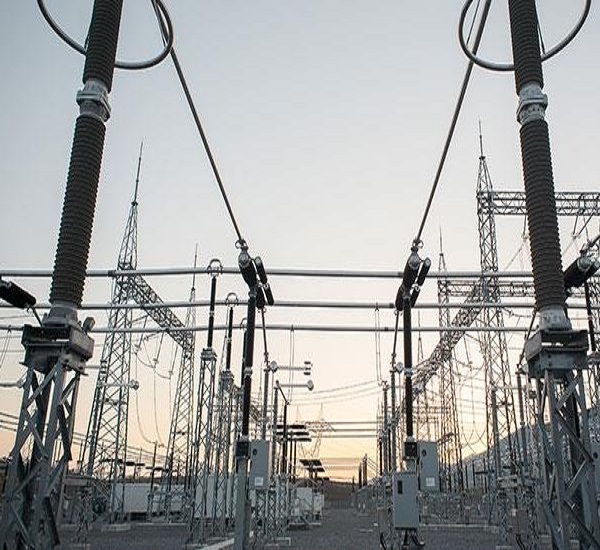The country’s first rural commercial undergird mini-grid has finally been installed in Mokoloki, a rural community in Ogun State.
The project, an initiative of Rocky Mountain Institute (RMI); Ibadan Electricity Distribution Company (IBEDC) and Nayo Tropical Technology (Nayo Tech), with the support from the Nigerian Rural Electrification Agency (REA) would supply power to no fewer than 230 households and over 60 commercial and public enterprises, including the local health centre in the community.
Makoloki, the location of the installation of the pioneer project in the country has over the years, struggled with intermittent electricity access, just like many other areas.
Using a modular design approach, the solar-hybrid mini-grid is initially providing 100KW of generation for an estimated peak load of 88kW, with an expansion plan in place for anticipated load growth.
The Managing Director of REA, Ahmad Salihijo, said the Mokoloki project demonstrates a financially viable business model that could provide electricity access to millions living in underserved rural communities throughout the country.
He added that what makes the project unique, beyond being Nigeria’s first commercial undergird mini-grid in a rural community, is the social and economic transformation that the project ultimately brings to the community.
Salihijo said: “Part of the work we do at REA is creating an enabling environment for private sector-led projects to thrive. We are delighted to witness strategic collaborations geared toward accelerating energy access in unserved and underserved communities across Nigeria.”
“What makes this project unique, beyond being Nigeria’s first commercial undergird mini-grid in a rural community, is the social and economic transformation that the project ultimately brings to the Mokoloki community. I commend RMI, IBEDC, Nayo Tech and all other stakeholders involved in carrying out this feat.”
The Chief Operating Officer of IBEDC, Mr John Ayodele, expressed optimism that by the time the project stabilises, Mokoloki would be like a town because it will have more regular power supply than cities.
He was elated that IBEDC was the first Nigerian distribution company to initiate a tripartite contract negotiation with a rural community as required for interconnected mini-grids by regulation, saying, “We are happy with the Mini-Grid Regulation.”
“Mokoloki’s undergrid mini-grid shows how utilities, developers, and communities can collaboratively develop innovative power solutions, and this willingness to test new approaches has unlocked a new option for increasing energy access”, Principal at RMI,” James Sherwood said.
He added that RMI hopes the success of the undergrid mini-grid, as a replicable solution, will jump-start similar partnerships that serve customers across Nigeria and sub-Saharan Africa.
Both IBEDC and Nayo Tech said they intend to scale up their undergrid portfolios and are actively exploring project and investment opportunities.
According to experts, an estimated 40 million rural residents are underserved by the main grid in Nigeria, out of which, about 35 percent could be served by over 4,000 commercially viable undergrid minigrid systems nationwide.
Experts puts the revenue opportunity from these minigrids at approximately N400 billion ($1 billion) per yea, adding that “the bustling market and proximity of the community to main trade routes promised major commercial activity, making it an ideal site for an undergrid minigrid.
“This undergrid minigrid pilot embodies recommendations from recent reports by RMI and partners at EMRC, Cleantech Hub, and All On.”
“Under the Grid outlines the business opportunities for undergrid minigrid development in sub-Saharan Africa, while electrifying the underserved expands on specific business models to guide project implementation.”
Source: energycentral










